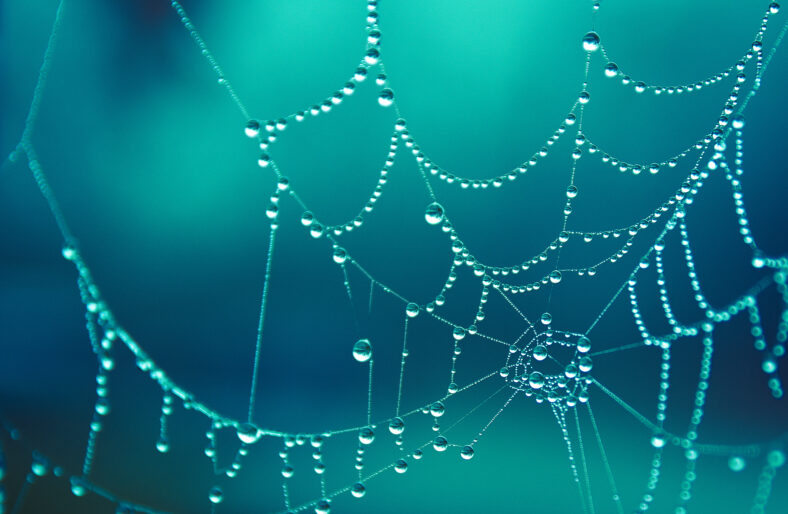
Since the Industrial Revolution, human activity has led to an increase in environmental noise. By now, residents have grown used to the sounds of traffic, airplanes, construction, and more noises that come with living in a city. But for animals, all the different sounds can affect their abilities to send and receive information.
Researchers from the University of Nebraska-Lincoln compared spiders from urban and rural environments and discovered that they build their webs differently when exposed to noisy conditions. In addition, a spider’s past exposure to environmental noise shapes its web-building strategies.
“One of the most interesting things we found is that urban and rural spiders are reacting differently when they’re put into a noisy environment,” said Brandi Pessman, the lead author of the study and a biologist at the University of Nebraska-Lincoln.
“This means that spiders with different experiences with noise—whether they themselves experienced it or their mothers passed it down to them across generations—respond differently.”
The team focused on the Pennsylvania grass spider, also known as the funnel-weaving spider, which is widespread across North America.
They build funnel-shaped webs that are not sticky. They wait for unsuspecting prey to enter the funnel before biting and paralyzing their meal.
The spiders depend on detecting the vibration of an insect that has bumped into their webs. Their webs connect to surfaces like rocks, trees, and buildings. Outside noise from traffic and machinery could make sensing vibrations more difficult.
The researchers collected spiders from urban and rural settings. In the lab, they placed the spiders in containers with speakers that played either loud or quiet sounds for four days. Then, they analyzed the webs by creating vibrations and seeing how the webs responded.
Spiders from urban areas had woven webs that dampened vibrations under loud conditions. On the other hand, rural spiders amplified vibrations.

Sign up for Chip Chick’s newsletter and get stories like this delivered to your inbox.
The webs of city spiders appeared to muffle the sounds of the outside environment, sending fewer vibrations to the spiders.
The sounds of potential mates and some prey may be blocked out, but it could also allow city spiders to locate nearby prey without becoming overstimulated.
Meanwhile, rural spiders that were not accustomed to the bustle of city life made their webs more sensitive to try to detect prey in the middle of all the noise.
“Rural spiders are not used to as much noise in their environment,” Pessman said. “When they suddenly get a lot of noise, they might try to ‘turn up’ the volume in their webs or amplify what’s coming in to better hear certain signals above the noise.”
It is still unclear exactly how the spiders make these changes to their webs. The researchers plan to study the webs further by using videos and tracking software.
The findings were published in Current Biology.












